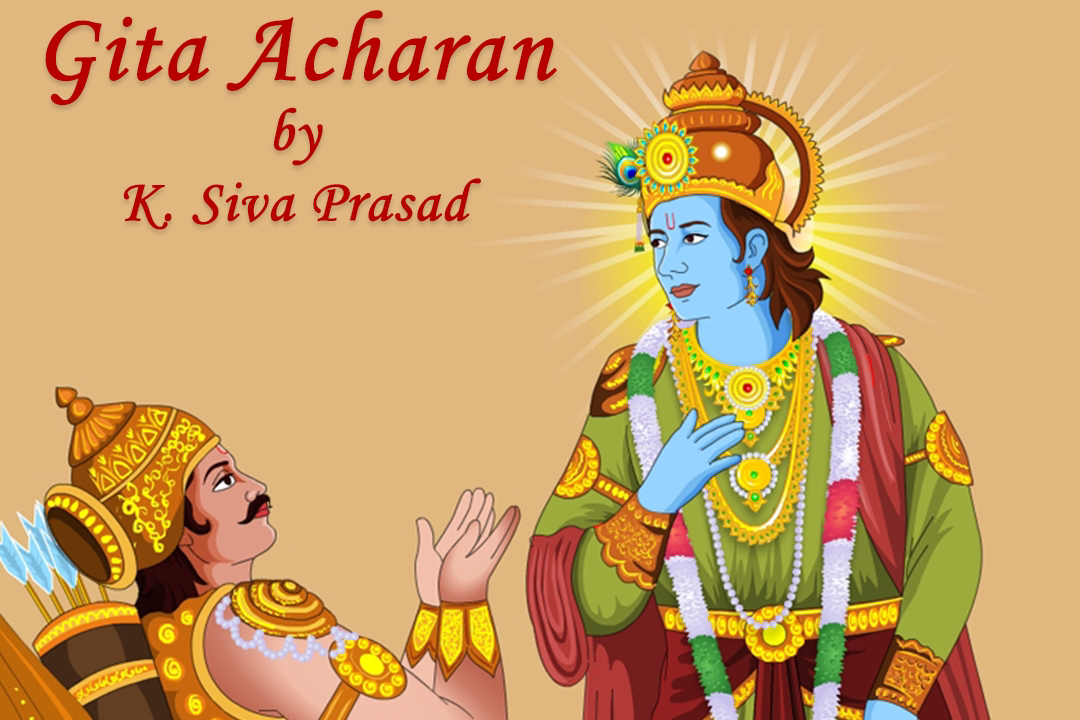232. Auspicious Karma

Krishna mentioned ' Om Tat Sat ' as a threefold representation of the Supreme Absolute Truth -Brahma. He explains 'sat' and says, "The word ' sat ' means eternal reality and goodness. O Arjun, it is also used to describe an auspicious action. Being established in the performance of yagna (sacrifice), tapah (penance), and daan (charity) is also described as sat . And so, any act for such purposes is named sat (17.26-27). Whatever is done or practiced like yagna, daan or tapah , when done without shraddha is termed as ' asat '. It is not for here or hereafter" (17.28). Krishna described sat and asat at the beginning of the Bhagavad Gita. He said sat (reality) never ceases to be while asat (unreal) has no existence and only a gyani can distinguish between them (2.16). Firstly, asat is that ‘which didn’t exist in the past and wouldn’t be there in the future’. If we take the example of sensual pleasures, feelings or physical ...

